The Countess of Castiglione, Virginia Oldoïni, or as she is better known, La Castiglione was an aristocrat born in Florence (Italy). She was an important figure to the history of photography during the 19th century. Also, she achieved notoriety for her political influence due to her relationship with French emperor Napoleon III.
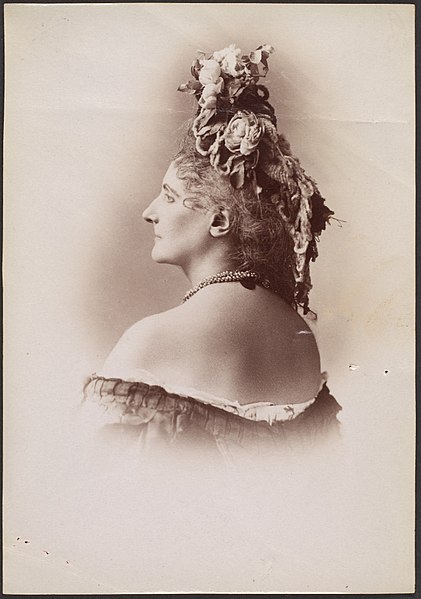
(Photo credit: Wikimedia Commons)
She was described as having wavy long hair, a fair complexion, a very delicate oval face with eyes that changed the colour very often from green to blue-violet. However, La Castiglione was not only famous for her beauty or her political influence. But also, for her flamboyant entrances at the imperial court, and for her elaborate dresses. One of her most eccentric outfits was the “Queen of hearts” costume.
Her Life
When she was 17, Oldoïni married the Count of Castiglione, Francesco Verasis who was twelve years her senior. They had a son, Giorgio. In 1855, she and the Count travelled to Paris, by that time her cousin give her instructions to plead the cause of Italian unity with Napoleon III. The result was a scandal, she became famous for her relationship with the emperor, which made her husband demand a marital separation. In 1857 her affair with the emperor ended and she returned to Italy. Four years later, the Kingdom of Italy was proclaimed, in part due to her influence on the Emperor. The same year she decided to return to Paris and establish residence in Passy.
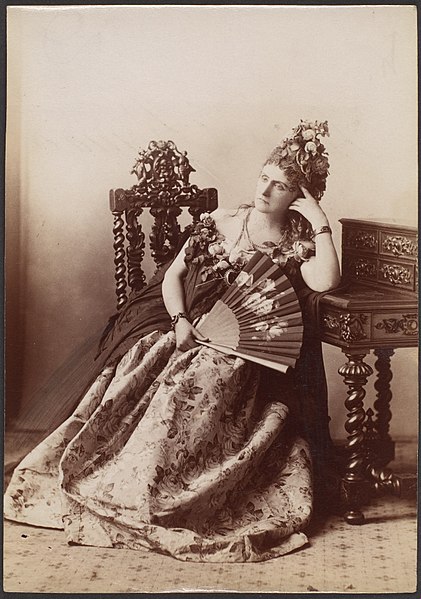
Countess of Castiglione – Metropolitan Museum of Art 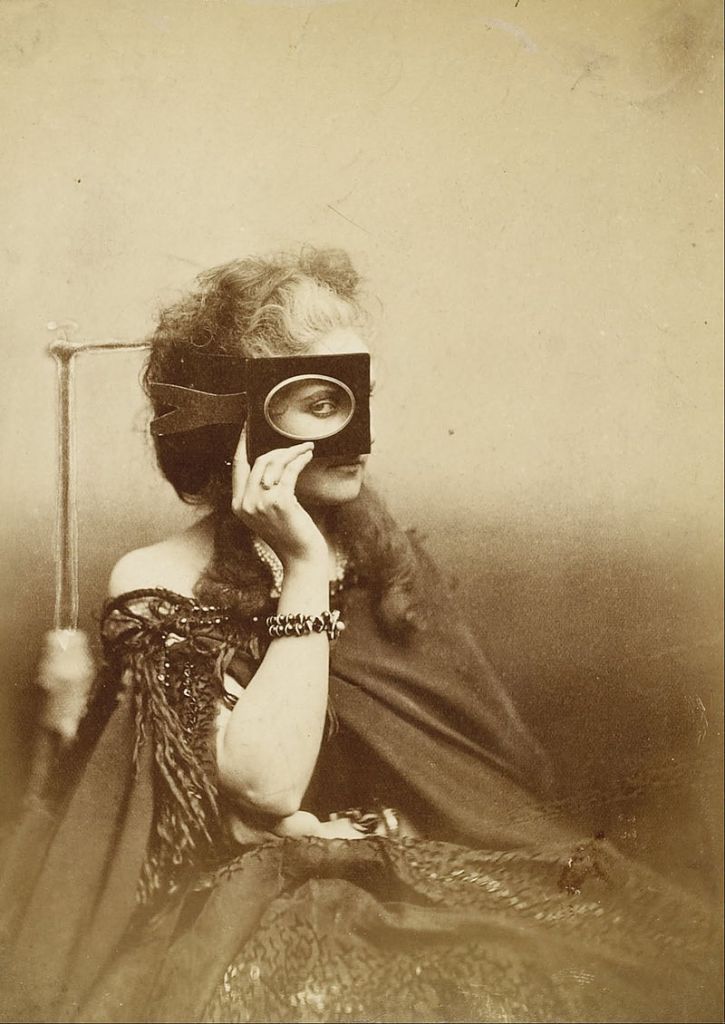
Countess of Castiglione – Musée d’Orsay
During the years of her relationship with the Emperor of France, she could enter the circle of European royalty and rulers, meeting important figures of Europe’s history such as Augusta of Saxe-Weimar, Otto von Bismarck and Adolphe Thiers. What explained that in 1871 she was called to secret meeting with Otto von Bismarck about the German occupation of Paris and how it could be a fatal mistake to his interests. Thanks to her intervention or not, truth is that Paris was spared of Prussian occupation.
Photography
La Castiglione posed to Pierre-Louis Pierson throughout her life. In the year 1856 she began sitting for the photographers Mayer and Pierson, who were favoured by the imperial court. She became an important figure in the history of photography thanks to the impressive number of her photographs.
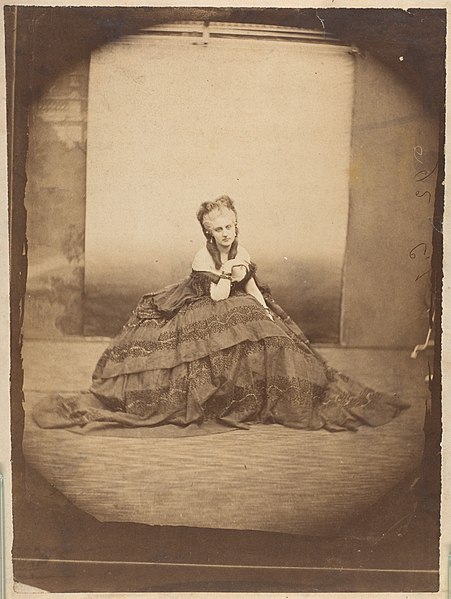
Countess of Castiglione, 1858 – Met Museum 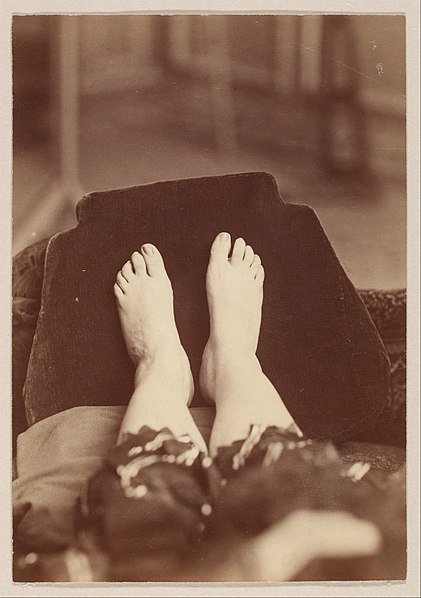
Countess of Castiglione, 1894 – Met Museum
Over the next four decades she directed Pierre-Louis Pierson to create more than 700 different photographs in which she recreated the remarkable moments of her life for the camera, spending a large part of her fortune. she even went into debt to execute this project.
Most of the photographs depict her in theatrical outfits (such as the “Queen of Hearts”, commented above). There are also several photographs in which she is depicted in poses considered bold for the time, images that expose her bare legs and feet. In these photos her head is cropped out.
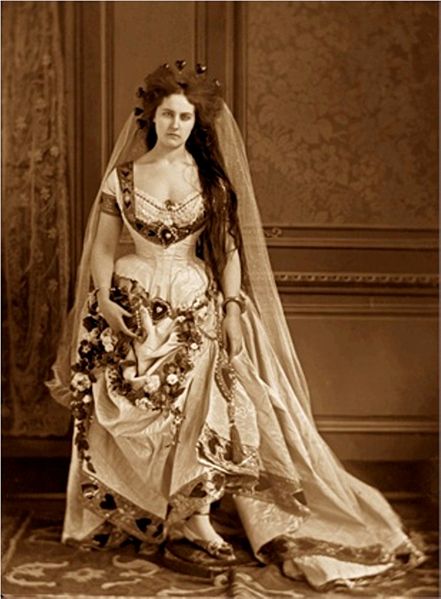
Countes of Castiglione in the “Queen of Hearts” dress, c.1863 – Met Museum 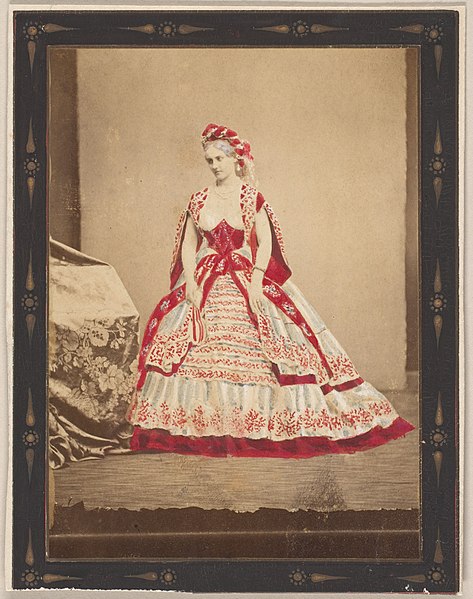
Countesse of Castiglione as La Finlandaise,
1861-67 – Met Museum
According to Nathalie Léger, the Countess became an enigma by showing herself until exhaustion. It is possible that all these photos were just an attempt of self-knowledge, an attempt to find out who she really was inside by reviving her memories.
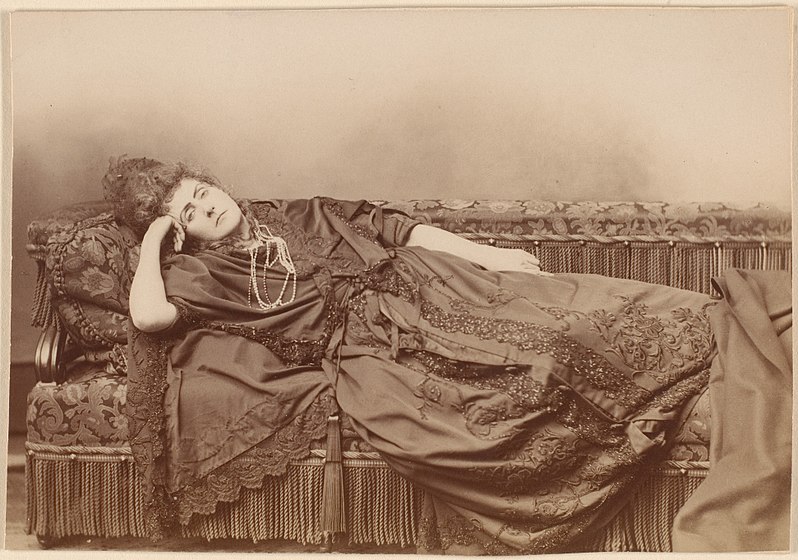
Countess of Castiglione, 1893 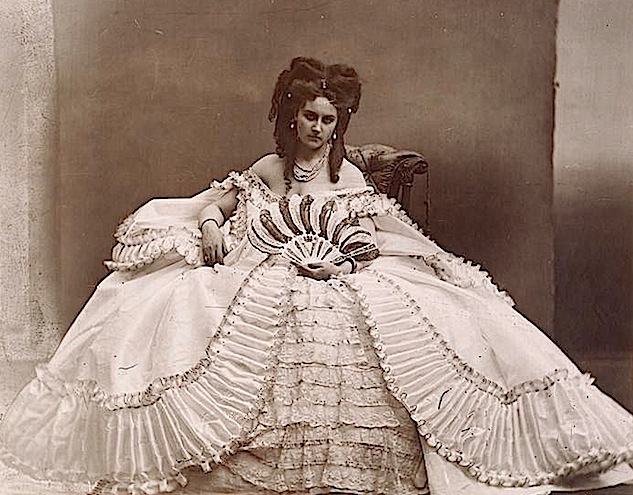
Countess of Castiglione, c.1865
Curiosities
- George Frederic Watts painted her portrait in 1957.
- Jacques-Emile Blanche painted her portrait after her death.
- The Countess of Castiglione inspired the novel Exposition by Nathalie Léger.
- The symbolist poet Robert Montesquiou was fascinated by La Castiglione. He spent thirteen years of his life writing her biography La Divine Comtesse (1913). After her death, he bought 433 of her photographs all of which entered to the collection of the Metropolitan Museum of Art.
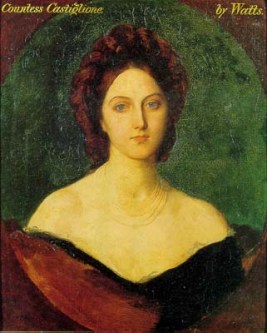
(Photo credit: Artnet)
References:
- Léger, N. (2019). La Exposición. Acantilado. Barcelona
- Artnet
- The Met
- Musée d’Orsay
- Wikimedia Commons

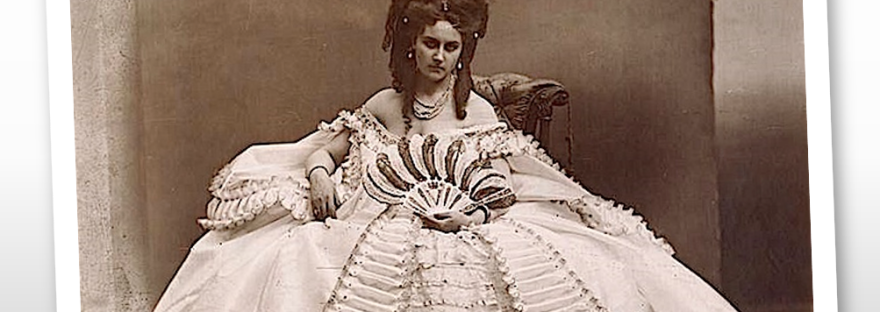







You must be logged in to post a comment.